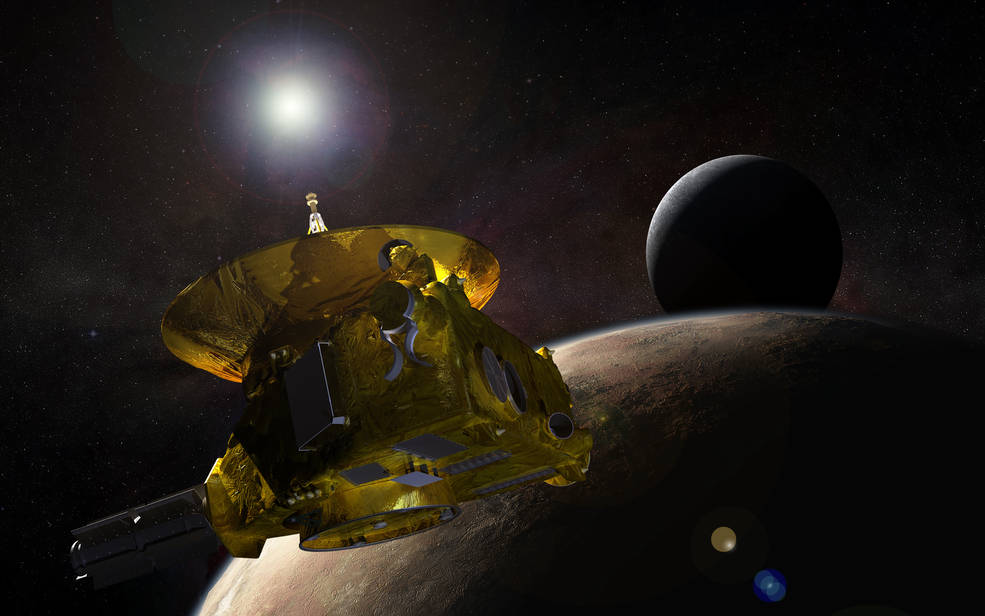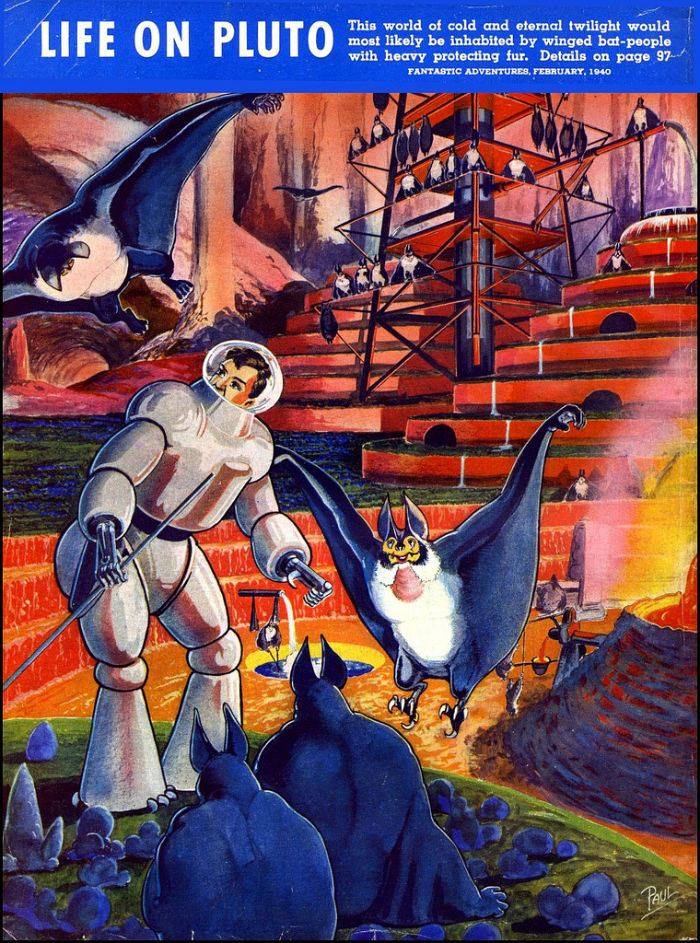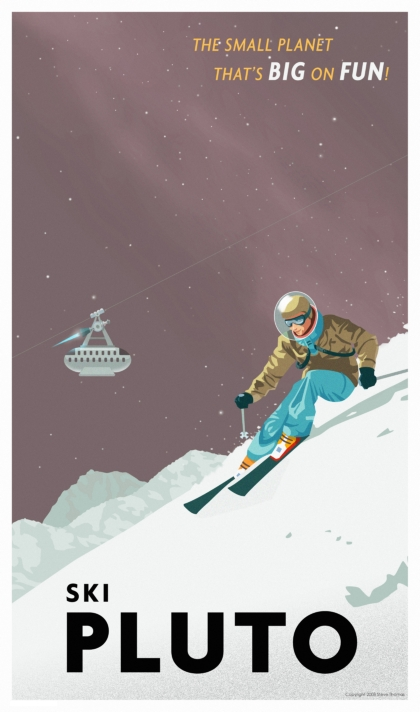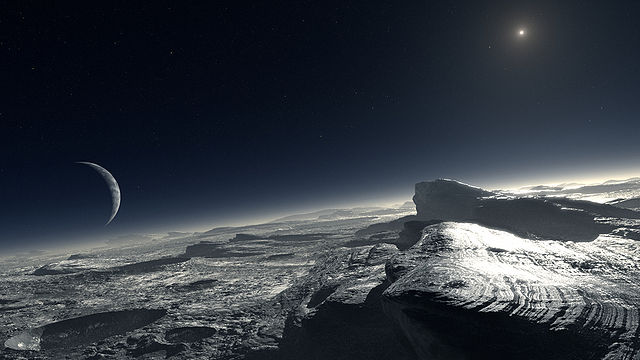James H. Burns: I was seven, on this special evening, forty-six years ago.
I had broken my arm, just after school let out for the season, in
June. A crummy way to start the summer, certainly. But while there must have been many missed days at the beach, and elsewhere, my mind is filled now, only with the recollection of family barbecues, and reading comic books, and how good it felt, when the cast finally came off!
(Which meant somewhere, there was swimming, later in the season.)
I was a space adventure veteran, having traveled with Flash Gordon for a few years, and flown with all of those terrific super hero cartoons we got to see in New York, a boon of syndication, both American animation, and Japanese (The Marvel Super Heroes, Astroboy, Gigantor, 8th Man, Prince Planet….) Scott McCloud Space Angel was a particular favorite, a daily five minute serialized adventure about a planet hopper. I had already seen 2001: A Space Odyssey and Planet of the Apes… (But becoming a fan of Star Trek, although I had seen bits and pieces, remained a few years off. Now, I realize, I even saw a few moments of the original broadcasts of The Outer Limits.)
For my father, only forty-four that July, the moon landing was the fulfillment of a promise he had first heard whispered in his own childhood, as a burgeoning science fiction fan.
It was only because of him that I saw Neal Armstrong’s first steps on the moon.
I wonder now, if people remember how late in the evening the walk came, late at least for a little child, anyway, just a few minutes before 11 p.m.
My parents had promised to wake me, in time. But I was steadfast in slumber. In those days, most often I’d be dreaming with Amy, my Siamese, by my side, and Peter, one of the greatest dogs ever, by my feet. (It was only as an adult that I realized that Pete had taken it as his responsibility to protect me.) Henry and Nicky, our other cats, were surely nearby.
Apparently, the family had given up on rousing me, but my father wouldn’t give up on his word.
After all, he had also flown, with Flash and Dale (and Doctor Zarkov).
I also wonder, if folks are honest, how many people remember how tough it was, to make Armstrong out, on the lunar module’s ladder, at least from the perspective of a nineteen inch TV…..
I won’t write now of the sadness that the cancellation of our manned space program presented. (Heck, maybe I’ve written about that enough, including here and here.
Today should always be about a celebration of what can be, when imagination, intelligence and determination are magnificently combined toward a goal of worth, and grace.
Centuries from now, the time that passed between our trips to the moon may well seem like the blink of an eye. And this night — that night, on July 20th, 1969 — will always be the beginning.
For years now, on evenings that are illuminated, I’ll look up at our moon, wondering what it would have been like, living there, gazing at an Earth that would have had to have been different.
And I smile, knowing that if not now, sometime soon, someone else will be smiling back.





